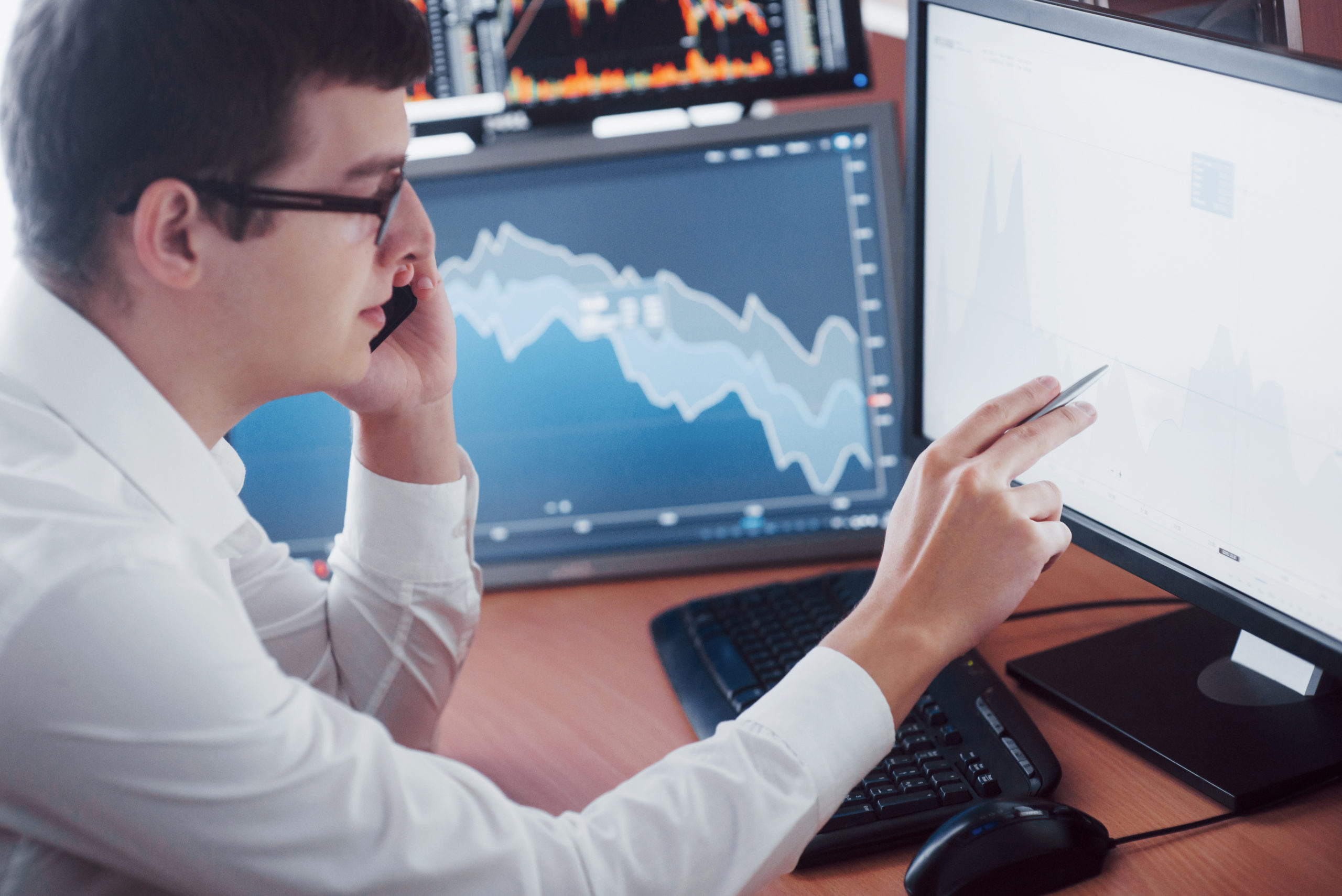Algorithmic trading is also known as high-frequency trading or, in financial jargon, algotrading. It is an investment strategy based on economic models and computer programs capable of positioning itself in a market. With the dematerialization of trade orders and the increase in computing power, this type of trading trending. We will explain as precisely as possible the operation and principle of algorithmic trading.
Algorithmic trading is an investment mode based on a mathematical model that offers trading decisions instead of the usual trader. This method began to develop in the 1980s thanks to the dematerialization of stock orders. Recall that today it takes just 13 milliseconds to make a round trip by cable between the NASDAQ and Chicago. Stock exchanges and that more than 70% of US stock transactions use this type of trading.
The newer algorithmic trading programs also offer decision strategies. Computing can react instantly to the slightest change in price and is therefore faster than a human investor.
One of the prerogatives of using this type of trading is to use it in a highly liquid market. Compatible with classic products such as stocks, currencies, or fixed income products.
Detailed operation of algorithmic trading:
There are two types of activity in algorithmic trading: assisted trading and automated trading.
The former are, in a way, the basic version of this method, as the mathematical models used simply provide trading suggestions that investors may or may not freely use when placing their orders.
Automated trading is more exceptional and complex, since it carries out transactions directly 24 hours a day and according to established strategies. They operate on the principle of truncating large orders into a series of market-assimilable batches in order to reduce brokerage fees when ordering directly through a machine.
Of course, this type of trading is regulated as MiFID 2 has published several rules and definitions that are applicable to it. Thus, and since 2016, companies that transmit at least two orders per second on one instrument and several platforms or 4 messages on several instruments and one platform are considered high-frequency commercial operators.
Who is algorithmic trading for and what do you need to use it for?
It goes without saying that algorithmic trading is not intended for beginners. In fact, programmers can access the trading algorithms that define their work instructions to follow a precise and thoughtful investment strategy. However, they are designed to run on different operating systems.
Of course, the transactions carried out by these instruments are encrypted. In this way, the machines launch calculations at very high power because they allow different sources to be contrasted simultaneously, taking into account the market history, volatility and other elements of this type.
Controversy and control:
Algorithmic trading is regularly accused of manipulating prices. The manipulation of prices is possible thanks to the very high calculation speed of these machines and through techniques such as spoofing, which consists of flooding the market with orders and then canceling them to fake a high demand. This makes it possible, for example, to sell securities that you trade yourself.
There was a pressing need to reduce these manipulation risks. So the European authorities have asked high-frequency investors to maintain their algorithms for 5 years. Traders had to provide detailed information with 34 criteria on their transactions.
In conclusion, algorithmic trading is not for everyone. Retail investors who carry out occasional operations in the markets should stay out.




